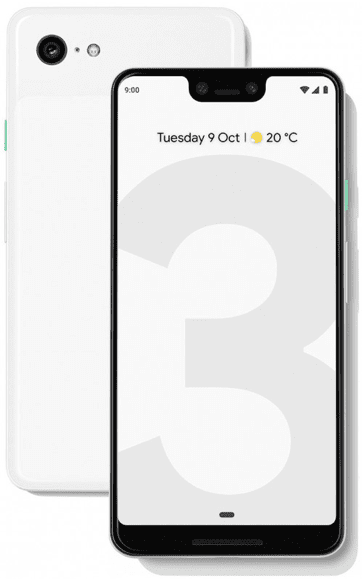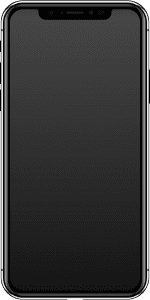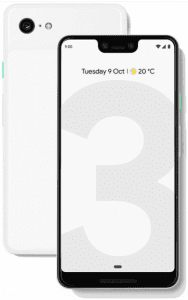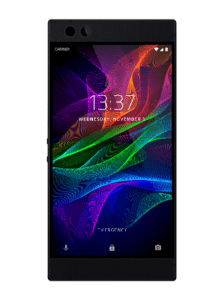A bezel-less phone means cut corners for the consumer




Everyone wants the latest and greatest phone.
Whether you use Apple like that iPhone Xr Refurbished or Android, it seems like there’s always a new device around the corner gunning for your wallet. As a consumer, it can be a little rough to stomach paying full price of a phone every year, or even every other year, but are the phones coming out worth all the excitement?
Your mom may have told you that ‘the new phone model isn’t all that different from the phone you have now.’ As true as it is, that doesn’t stop many from going out to pick up the latest iPhone or Samsung Galaxy. After all, companies promise innovative new tech with each and every design refresh.
Phones are getting thinner. They’re getting lighter. Batteries are getting bigger. Screens are growing. While it all sounds great on paper, new advances also mean we’re losing some convenient phone features that have previously gone completely unnoticed.
One convenient part of cell phones that is shrinking and even disappearing is a feature known as a “bezel.“
What’s a bezel, you ask?
Your phone’s bezel is the small border separating the screen from the edge of the phone – where sand is likely to get stuck between your phone and phone case if you’re at the beach. Companies are trying to completely erase the bezel, making the front of your phone entirely screen. This new inescapable trend is known as the “bezel-free phone.”
While it sounds cool to have a phone that’s all screen, there are many compromises consumers must make when phone companies choose to focus on this design choice.
With the bezel-less trend on the rise we’ve seen the introduction to the notch and camera cutout.


“I hate them,” University of Tennessee physics student Jordan Brown said of the notch—a small border surrounding the area where the phone’s front-facing camera and speaker reside. On traditional phones with larger bezels, these features went mostly unnoticed because they did not intrude on the rectangular screen. Now, the notch forms a U-shaped frame around the speaker and cameras that makes the screen an irregular shape.
“They aren’t really a big deal, but I could just get a phone without one that does all the same things. It doesn’t matter if the screen edges are a little bigger if it means I don’t have an ugly notch,” Brown said.
The notch is extremely prominent on phones like the iPhone X or the Google Pixel 3 XL, and it’s an undeniable compromise. Many companies have attempted to market the notch as a design choice, but it’s fairly clear that the notch exists because we currently lack the technology to hide the camera and sensors on the front face of the phone behind the LCD panel.
“When I first got my iPhone Xs Max, I thought the notch was going to be a small pet peeve of mine that always got in my way,” UT student Curtis Vogelgesang said. “Once I got it, I barely noticed it at all.”
But losing the bezel means more than just the appearance of the notch. The bezel used to be an easy way to hold your phone when watching videos. You could wrap your hand around the phone comfortably without covering action on screen. Phones with larger top and bottom bezels dual speakers are often added into the phone for extremely improved sound quality. Now, many users accidentally hit buttons with their inner hand when reaching across the screens of bigger phones with small bezels.
“I figured it was all marketing stuff,” Brown says, “It doesn’t really matter how many millimeters my screen is away from the edge. It’s just a way to trick people into thinking that the phone is getting better.”
Samsung’s new S10 phones offer a different solution to remove both the bezel and notch: the camera cutout.
The cutout is simply a smaller notch that isn’t connected to the bezel of the phone. Instead, it floats independently a few millimeters from the screen’s edge. It’s intrusive during full screen use, and it sticks out like a sore thumb on the front of the phone.
What’s more, phone companies have failed to prove these changes show much benefit for the consumer.
A big reason for removing the bezel is to increase screen size without increasing phone size. Many companies are also trying to use this to push the resolution of phones even higher than they already are, but there’s not much sense in trying to fit even more pixels onto our 5-inch displays. Even the bigger 6-inch displays won’t really benefit from higher pixel density—the metric that makes such a huge difference in just how clear everything looks.
Let’s use one of the higher resolution phones out there as an example, the Samsung Galaxy S10. The S10 has a resolution of 3040 pixels by 1440 pixels. That might not seem crazy when we consider that most of the TVs available for purchase now are 4K TVs with pixel densities of 3840 pixels by 2160 pixels.
If you bought a 65-inch 4K TV, you’re looking at a pixel density of 67.78 pixels per inch. In comparison, the S10–with its 1440p screen–has a screen density of 551.4 ppi. That’s number doesn’t need to get bigger.
In fact, the screen resolution is so high on smartphones that bumping the screen size and resolution up continuously isn’t doing anything but making phones unreasonably pixel dense and harder to use.
As companies try to push the limits of phones screens with super high resolution, curves, notches, camera cutouts and even fully foldable phones, we’re posed with a question: while these innovations are cool, are they really needed?


The Razer phone shows that slightly more traditional phones with bezels can still look good, despite what many phone companies want you to think. The Razer Phone boasts huge top and bottom bezels, and those bezels contain some huge front firing speakers.
Meanwhile, on bezel-less phones we’re stuck with using a bottom firing speaker and the ear piece when trying to watch Netflix or YouTube.
Regardless of your stance on notches and bezels, it’s important to remember that reducing the size of the edge of your screen means cutting corners in other areas of your phone. Whether it’s losing the headphone jack, accidentally hitting buttons when reaching over your screen or poorer speaker quality, when your screen grows in size while your phone’s size remains constant, something has to give.
These may be very small details, but when a phone costs more than $1,000, they’re worth considering.
Our phones aren’t becoming easier to use. They’re becoming a list of compromises as companies try and push for features that don’t improve functionality in any way.
Story by Cody Willis. Edited by Abby Bower.

